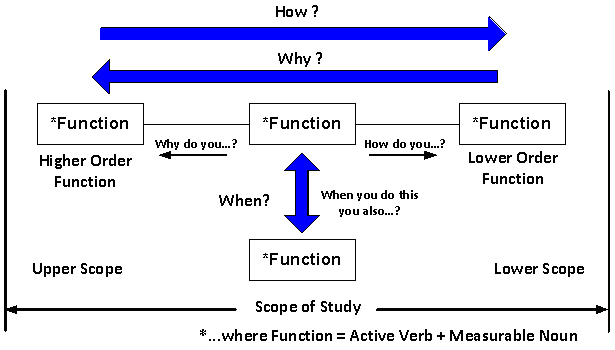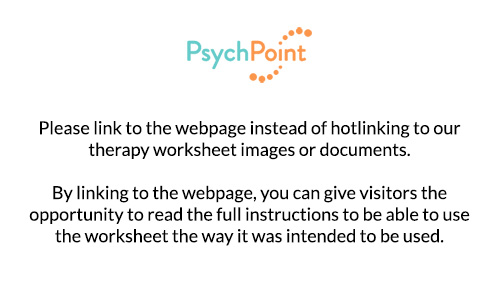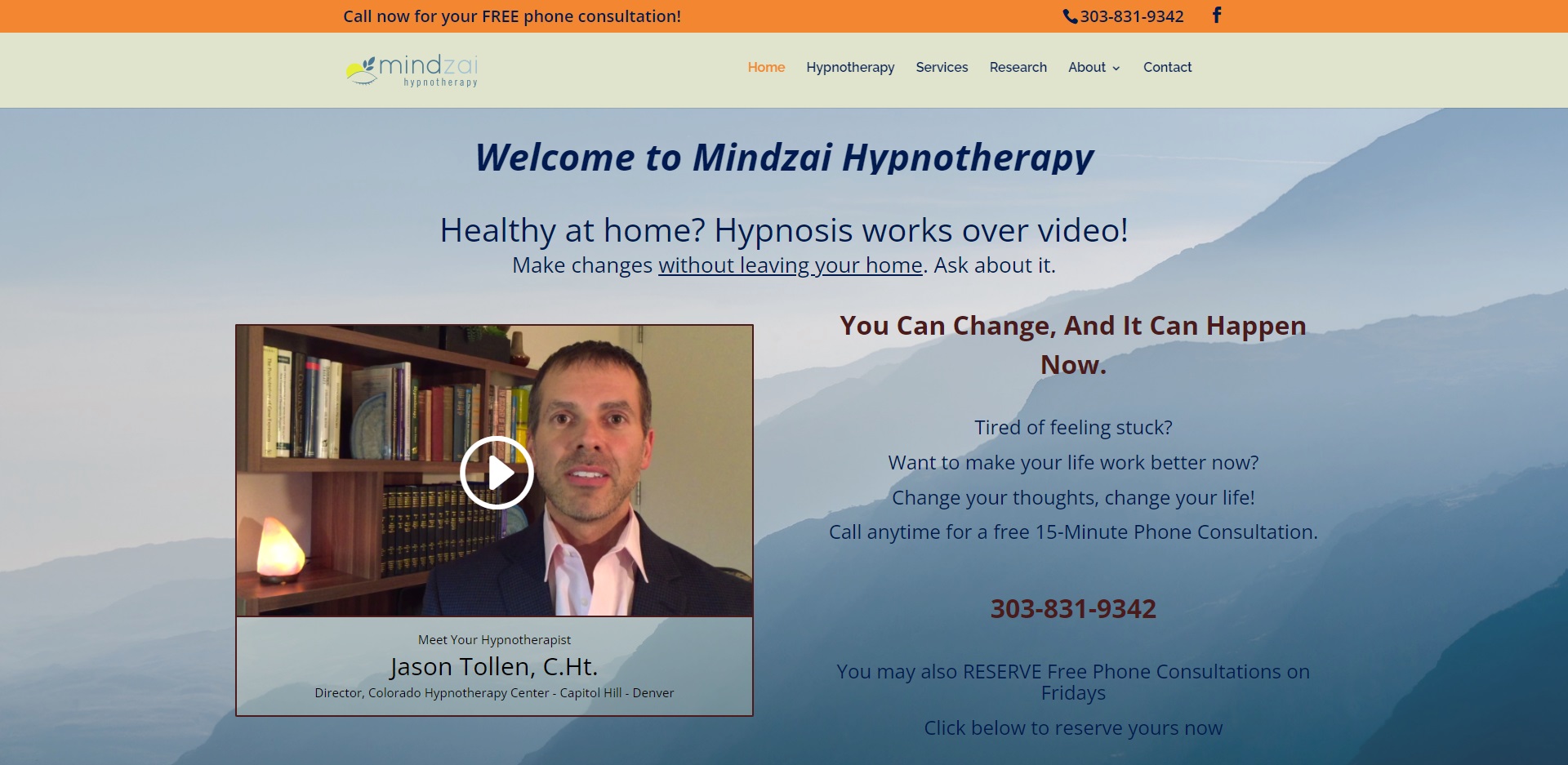
Guided imagery is a technique that can help with chronic pain. The technique involves training the mind to create a picture of the painful situation, and then transforming it into something more pleasant and less stressful. This helps the patient cope better with life's challenges and improves her mental, emotional, and physical health. Here are some tips to help you get the most from this meditation. These tips can help you to practice guided imagery for pain.
You must first create a calm and peaceful scene in your imagination. To do this, visualize a relaxing forest or a sunny shore. You can also try to visualize a wise 'guide' who answers your questions. This guide will become your subconscious mind. Think about how you would feel in a relaxing scene. You will find it easy to use this technique once you become familiar with it.

Guided imagery relies on your imagination, concentration and creativity. You should practice guided imagery in a private and quiet environment, where you are not disturbed by others. Choose a quiet place to avoid interruptions. It is best to use an audio recording so that you can focus fully on your images. Once you've completed the exercise, you can repeat it as often as needed. The best thing about guided imagery? It can be done anywhere. It doesn't matter if you are in a specific room to do guided imagery.
Guided imagery allows you to create new images. You can create a goal for your life, a dream or a skill. It can also help you deal with a physical ailment, such as fibromyalgia. You can also employ guided imagery when speaking in public. You'll feel more confident in your speech if you practice this technique. Practice guided imagery with your imagination.
Guided imagery can be a powerful tool to manage stress and anxiety. Unlike other techniques, you don't have to have a medical background to use guided imagery for pain. This technique is simpler than exercise or yoga and can be used by everyone regardless of background. The recordings can help you learn how to use guided imaging for pain management. You can also attempt the therapy. It can be practiced at home, with friends, or together.

Guided imagery has many benefits. You can relax your body and mind with guided imagery. It can also open up your inner wisdom. If you can master the techniques, you can use guided imagery for pain relief. You should find it easy to practice it and use it to reduce stress. If you have trouble sleeping, guided imagery can help you get a better night's sleep. Once you master the technique, you can apply it to your everyday life.
FAQ
Is it possible to have a weak immune system due to being cold?
Cold can make you less immune to infection because your body makes fewer white blood cells, which are essential for fighting infections. You will feel less pain if you are cold.
Improve immunity with herbs and supplements?
It is possible to boost immune function by using herbs and natural remedies. You can use ginger, garlic, echinacea oregano oil and vitamin C as examples.
However, these herbal remedies should not replace conventional medical treatment. They may cause side effects such as nausea, diarrhea, stomach cramps, headaches, dizziness, and allergic reactions.
What is the most healthful lifestyle?
You can live a healthier lifestyle if you eat healthy food and exercise regularly. This will ensure that you live a long healthy life.
Start small by changing your diet and exercising routine. If you're looking to lose weight, walk for 30 minutes each morning. Swimming or dancing are great options if your goal is to become more active. You could also sign up to an online fitness platform like Strava, which tracks your activity.
Do I need calories to count?
It is possible to wonder "What diet is best for me?" or "is counting calories necessary?" Well, the answer depends on several factors including your current health status, your personal goals, your preferences, and your overall lifestyle.
The Best Diet For Me - Which One Is Right For You?
My current health status, personal goals, preferences, and overall lifestyle all play a role in choosing the right diet. There are many diets available, some good and others not so good. Some diets work for some people, while others are not. So what do I do? How can I make the right choice?
This article aims at answering these questions. It starts with a brief introduction of the different types of diets available today. Then, the pros and cons of each type of diet are discussed. The final step is to determine which one is right for you.
Let's first take a look at different diets.
Diet Types
There are three main types: low-fat, high-protein, or ketogenic. Let's look at each one briefly.
Low Fat Diets
A low-fat diet is one that limits the intake of fats. This is accomplished by decreasing the intake of saturated fats such as butter and cream cheese. and replacing them with unsaturated fats (olive oil, avocados, etc.). If you want to lose weight fast and easily, then a low fat diet is often recommended. This kind of diet could cause problems like constipation or heartburn and indigestion. Vitamin deficiencies can also occur if the person doesn't get enough vitamins through their diet.
High Protein Diets
High protein diets discourage carbohydrates and encourage the use of proteins. These diets often have higher levels of protein than most other diets. These diets can help increase muscle mass and decrease calories. One problem is that they might not be sufficient to provide regular nutrition. They can also be very restrictive so they may not be suitable for everyone.
Ketogenic Diets
Also known as keto diets, ketogenic diets are also called keto diets. They are high fat and moderately carbohydrate and protein-rich. These foods are popular among athletes and bodybuilders as they allow them to train harder, longer and without becoming tired. To avoid side effects such as fatigue, nausea, headaches, or other unpleasant side effects, you must strictly adhere to their instructions.
Why is it important to live a healthy life?
Having a healthy lifestyle helps us live longer, happier lives. Good nutrition, exercise regularly, good sleep habits, stress management and healthy lifestyle can help you avoid heart disease and stroke.
A healthy lifestyle will improve our mental well-being and help us deal better with everyday stressors. Healthy living will boost self-confidence and make you look and feel younger.
Statistics
- nutrients.[17]X Research sourceWhole grains to try include: 100% whole wheat pasta and bread, brown rice, whole grain oats, farro, millet, quinoa, and barley. (wikihow.com)
- According to the 2020 Dietary Guidelines for Americans, a balanced diet high in fruits and vegetables, lean protein, low-fat dairy and whole grains is needed for optimal energy. (mayoclinichealthsystem.org)
- According to the Physical Activity Guidelines for Americans, we should strive for at least 150 minutes of moderate intensity activity each week (54Trusted Source Smoking, harmful use of drugs, and alcohol abuse can all seriously negatively affect your health. (healthline.com)
- The Dietary Guidelines for Americans recommend keeping added sugar intake below 10% of your daily calorie intake, while the World Health Organization recommends slashing added sugars to 5% or less of your daily calories for optimal health (59Trusted (healthline.com)
External Links
How To
27 Steps for a healthy lifestyle even if your family buys junk food
The most common way to eat healthy is to cook at home. However, many people are not skilled in preparing healthy meals. This article will provide some helpful tips for making healthier dining out choices.
-
Look for restaurants that offer healthy choices.
-
Before you order any meat dishes, make sure to order salads or vegetables.
-
Ask for sauces that aren't sweetened.
-
Avoid fried foods.
-
Ask for grilled meats, not fried.
-
Don't order dessert unless your really need it.
-
You should always have something to eat after your dinner.
-
You should eat slowly and chew well.
-
Take plenty of water with your meals.
-
Don't skip breakfast and lunch.
-
Take fruit and vegetables along with every meal.
-
Drink milk rather than soda.
-
Avoid sugary drinks
-
Limit salt consumption in your diet.
-
Try to limit the number of times you go to fast food restaurants.
-
If you can't resist temptation, ask someone to join you.
-
You should not allow your kids to watch too many TV programs.
-
During meals, turn off the TV.
-
Do not consume energy drinks.
-
Regular breaks from work
-
Get up early in the morning and exercise.
-
Exercise everyday.
-
Start small and then build up slowly.
-
Set realistic goals.
-
Be patient.
-
Even if you don’t feel like exercising, make time for it.
-
Use positive thinking.